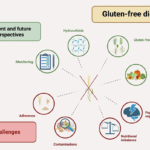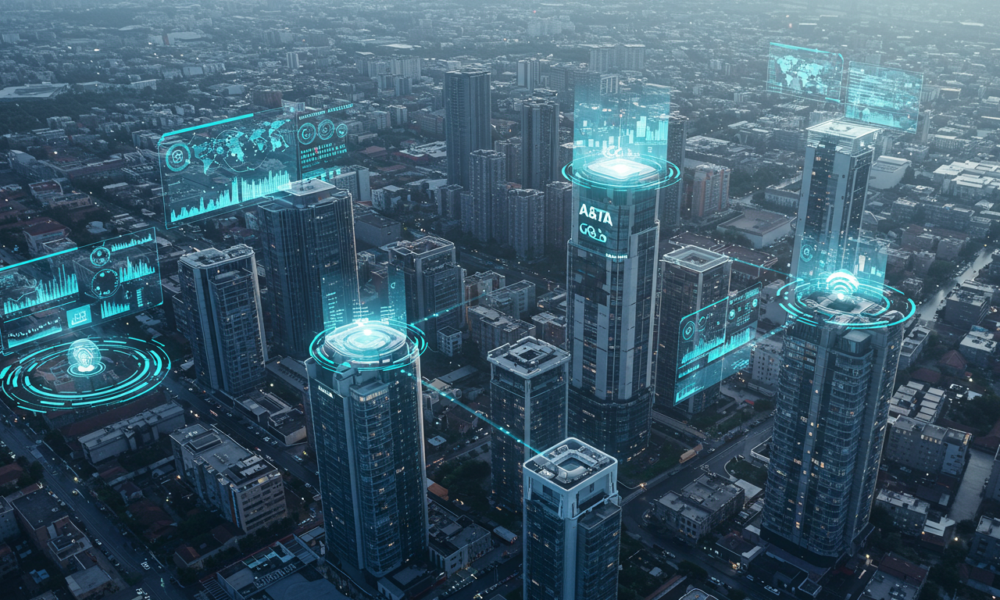In an era defined by rapid technological evolution and shifting consumer demands, A&TA (Adaptive & Transformative Applications) has emerged as a pivotal force driving innovation across sectors. This unique framework combines adaptability, intelligence, and scalability to create solutions that not only respond to change but actively shape it. Whether you’re a business strategist, tech developer, or forward-thinking entrepreneur, understanding A&TA is critical to navigating tomorrow’s challenges. This article explores the intricacies of A&TA, its groundbreaking applications, and its unparalleled potential to redefine industries.
What Is A&TA? A Deep Dive into Its Unique Framework
A&TA represents a paradigm shift in how systems and processes are designed. Unlike static models, A&TA integrates machine learning, real-time analytics, and human-centric design to create applications that evolve dynamically. At its core, A&TA is built on three revolutionary principles:
- Context-Aware Adaptability: Systems adjust to environmental, operational, or user-driven variables in real time.
- Proactive Transformation: Anticipating future needs to drive strategic change, not just reactive adjustments.
- Ethical Scalability: Growth that prioritizes sustainability, inclusivity, and transparency.
For instance, a retail platform using A&TA doesn’t just recommend products—it predicts shifts in consumer behavior, adjusts inventory globally, and personalizes marketing campaigns based on cultural trends.
The Evolution of A&TA: Bridging Past Innovations with Future Possibilities
The origins of A&TA lie in the fusion of three transformative trends:
- AI Maturation: Breakthroughs in deep learning enabled systems to process unstructured data (e.g., social media sentiment).
- Edge Computing: Decentralized data processing empowered real-time decision-making without latency.
- Human-AI Collaboration: Tools that amplify human creativity rather than replace it.
Early adopters in logistics, such as autonomous delivery networks, showcased A&TA’s potential by rerouting fleets during natural disasters while optimizing fuel efficiency. Today, A&TA drives advancements in fields as diverse as precision agriculture and mental health diagnostics.
Key Innovations
What makes A&TA truly unique? Let’s dissect its cutting-edge features:
1. Dynamic Feedback Loops
A&TA systems don’t just collect data—they learn from it. For example, smart cities using A&TA analyze traffic patterns to dynamically adjust streetlight timings, reducing congestion and emissions.
2. Cross-Domain Synergy
A&TA thrives on interoperability. A healthcare app might merge patient records, wearable device data, and genomic insights to personalize treatment plans while complying with privacy laws.
3. Self-Optimizing Architectures
These systems identify inefficiencies autonomously. In manufacturing, A&TA-enabled robots recalibrate assembly lines mid-process if a component defect is detected.
4. Ethical Governance Modules
Unique to A&TA, embedded ethical frameworks audit decisions for bias, ensuring fairness in AI-driven hiring tools or loan approval systems.
Industries Redefined by A&TA: Unconventional Use Cases
While A&TA impacts mainstream sectors, its most groundbreaking applications lie in niche areas:
Space Exploration: Adaptive Mission Planning
NASA’s next-gen rovers use A&TA to analyze Martian soil samples on-site, adjusting exploration routes based on geological risks without Earth-based input.
Fashion: Sustainable Supply Chains
Brands like [Fictional EcoWear] leverage A&TA to predict fabric waste, optimize dyeing processes, and align production with circular economy principles.
Education: Neurodiverse Learning
A&TA platforms adapt content delivery for students with ADHD or dyslexia, using biometric feedback to adjust lesson pacing and complexity.
Entertainment: Immersive Storytelling
Streaming services employ A&TA to create branching narratives in real time, altering plotlines based on viewer engagement metrics.
Why A&TA Outperforms Traditional Models: Tangible Benefits
Adopting A&TA isn’t just trendy—it’s transformative. Key advantages include:
- Hyper-Personalization at Scale: Banks use A&TA to offer bespoke financial advice to millions simultaneously.
- Resilience to Black Swan Events: During the 2020 pandemic, A&TA-driven supply chains pivoted faster to PPE production.
- Resource Efficiency: Data centers using A&TA cut energy use by 30% via predictive cooling adjustments.
- Enhanced Creativity: Marketing teams harness A&TA to generate AI-assisted campaigns that blend data insights with human ingenuity.
A Strategic Blueprint
While A&TA promises immense value, implementation requires addressing:
- Data Fragmentation: Siloed datasets hinder integration. Solution: Deploy federated learning systems that train models across decentralized data.
- Regulatory Ambiguity: Laws lag behind tech. Example: The EU’s proposed AI Act impacts A&TAtransparency requirements.
- Workforce Upskilling: Employees need training in A&TA tools. Companies like Siemens now offer “AI Literacy” certifications.
The Future of A&TA: Pioneering Trends to Monitor
As A&TA evolves, watch for these developments:
- Quantum-Enhanced A&TA: Quantum computing will solve complex optimization problems in seconds, revolutionizing drug discovery.
- Emotionally Intelligent Systems: A&TA tools that interpret human emotions via voice tone or facial cues for mental health support.
- Decentralized Autonomous Organizations (DAOs): A&TA-powered DAOs could automate corporate governance, voting, and profit-sharing.
Conclusion
A&TA isn’t just a tool—it’s a mindset. Organizations that embrace its fluidity and foresight will dominate their industries, while those clinging to rigid models risk obsolescence. From enabling carbon-neutral cities to democratizing access to education, A&TA is the key to unlocking a smarter, fairer, and more innovative world.
The journey starts now: Audit your workflows, invest in adaptive technologies, and empower teams to think beyond conventional boundaries. With A&TA, the future isn’t just something to anticipate—it’s something to create.









